In the ever-evolving world of technology, choosing the right brand for video equipment can make a significant difference in terms of quality and innovation. With a myriad of options available, from cameras and camcorders to editing software, the decision can often feel overwhelming. Renowned for their cutting-edge technology and reliability, certain brands stand out by consistently offering superior performance and user-friendly features. To explore a curated list of some of the best brands in the video industry, read on below.

Illustration of video
Best brands of video in 2025
Canon
Canon remains the leading brand in the camera market, particularly for video production, with a significant market share of 46.5% in digital cameras and 41.2% in mirrorless cameras as of 2023. Despite other brands like Sony and Nikon introducing innovative models, Canon's strategy of launching affordable options such as the EOS R100 and EOS R8 has helped maintain its dominance. Canon's global market presence is further reinforced by its strong sales in regions like the United States, Japan, and Europe. The company's revenue in 2023 was approximately $30.4 billion, with earnings of $2.86 billion. Canon's continued investment in the imaging sector, aiming for $7.605 billion in sales by 2025, solidifies its position as a top choice for videographers. For a detailed insight, check out this report on Canon's market position.
Sony
Sony is one of the leading producers in the video and gaming industry, with its Game & Network Services segment generating Y=3.64 trillion (about $24.966 billion) in fiscal year 2022, accounting for 27% of Sony's total sales. In the global game console market, Sony achieved a 54% market share in the third quarter of 2023. The company's PlayStation 2 holds the record for the highest sales of home video game consoles, with 158.7 million units sold as of February 2024. Sony's PlayStation 5 has also seen significant success, with 25 million units shipped by 2023. Additionally, Sony Pictures contributed approximately 10.97% to the box office revenue in the United States and Canada in 2023. For more detailed Sony statistics, you can visit their informative webpage.
Panasonic
Panasonic, once a leading brand in the video camera market, held a significant market share, with as much as 49.3% in recent years. However, its share has declined to 12.1% over the past three years, surpassed by competitors like Sony and DJI. Despite this, Panasonic remains a notable producer, especially with its hybrid camera models like the Panasonic S5IIX, although these are not included in the video camera market data. In the Japanese market, Panasonic was previously leading but was overtaken by Sony, which now maintains a market share of over 30%. For more details on market dynamics, you can read the full report on video camera sales.
Blackmagic Design
Blackmagic Design is a leading manufacturer of electronic equipment for broadcast and video production, holding a 2.16% market share in the Video Production & Publishing industry. With over 6,800 companies using their products, Blackmagic Design is particularly popular in the Media Production sector, accounting for 14% of their customer base. Their flagship product, DaVinci Resolve, launched in 2004, boasts over 5.5 million users and a 1.76% global market share. Blackmagic Design's products are widely used by companies of various sizes, with 40% of their customers being small businesses and 24% being large enterprises. Their equipment supports a range of video formats, including HD and Ultra HD, and is used for video acquisition, editing, and conversion. For more details, explore their product offerings on their official website.
Nikon
Nikon, a renowned brand in the photography and videography industry, has been a significant player in producing high-quality video equipment. Despite facing a decline in digital camera sales, Nikon's market share in 2021 stood at 13.7%, making it the third-largest camera manufacturer globally. The company has seen an 18.7% revenue growth in its imaging products in 2022, largely due to the expansion of its mid-to-high-end product lineup, including interchangeable lenses for mirrorless cameras. Nikon's Z-Series mirrorless cameras, such as the recently released Z50II, are particularly noted for their advanced video capabilities. With over 100 years of history in optics and imaging, Nikon continues to innovate and deliver exceptional video production tools.
Fujifilm
Fujifilm, though not the market leader, has established itself as a significant player in the digital camera industry, particularly in the video and photography segments. As of 2024, Fujifilm holds a 6.0% market share in the global digital camera market, with notable sales of its X-T5, GFX100 II, and X100VI models contributing to its revenue growth. The company's INSTAX Series has also achieved a revenue target of $1.07 billion, highlighting its strong presence in instant photography. Despite being fourth in market share, Fujifilm's professional imaging segment has seen a 39.9% increase in operating income year-over-year, indicating robust performance in high-end cameras. Fujifilm's innovative products, such as those featuring the X-Trans CMOS 5 HR sensor and X-Processor 5, have garnered praise for their advanced AI processing and image quality. For more details on their offerings, visit Fujifilm's digital camera product page.
RED Digital Cinema
RED Digital Cinema is a leading manufacturer of professional digital cinema cameras, renowned for its high-performance and innovative technology. Founded in 2005 by Jim Jannard, the company has quickly gained popularity among filmmakers and cinematographers, with its cameras used in notable productions such as "Jumper" and films by Steven Soderbergh and Peter Jackson. RED Digital Cinema's estimated annual revenue is $91.7 million, with a revenue per employee of $256,250 and a workforce of 358 employees. The company's cameras, such as the V-RAPTOR XL and KOMODO lines, feature groundbreaking imaging technology, including 6K and 8K resolutions and global shutter sensors. RED's products have significantly contributed to the growth of the digital cinema camera market, projected to grow at a CAGR of 12.70% in the coming years. Learn more about their innovative technology on their official website.
DJI
DJI is unequivocally a leader in the video camera and drone market, boasting a staggering 70% global market share in the drone industry as of 2023. In the video camera segment, DJI's market share has skyrocketed from 7.3% in September 2021 to 37.7% by September 2024, with the Osmo Pocket 3 dominating Japan's video camera market with a 24.3% share. DJI's excellence in aerial photography and videography gear, as well as its innovative products like the Phantom 4 and Osmo series, have solidified its position. The company's sales are expected to reach $55 billion by 2030, reflecting its widespread applications across various industries. DJI's dominance is further highlighted by its leading position in government and policy conversations and strategic partnerships. For more insights into how DJI is pulling away from rivals in the video camera market, follow the link to learn more.
GoPro
GoPro is a leading brand in the action camera market, holding approximately 47% of the global market share as of 2023, with its innovative products like the GoPro HERO11 Black driving its dominance. The company has consistently maintained a strong market presence, having held nearly 95% of the market share in 2014 and still leading with a significant share in subsequent years. GoPro's revenue has been steady, with over $1 billion in revenue for several years, and it has a growing subscriber base of over 2.5 million as of 2023. The average selling price of GoPro cameras was around $350 in 2023, expected to rise to $400 in 2024. GoPro's focus on innovation and product development has been crucial in maintaining its market leadership. You can find more information about their market statistics on action camera statistics.
Hasselblad
Hasselblad, a renowned Swedish manufacturer of medium format cameras, has made significant strides in video production with its latest firmware updates. The Hasselblad X1D II, for instance, now supports 2.7K video recording at 8-bit 4:2:0, leveraging its exceptional color science and larger sensor to reduce noise and enhance image quality. Although it may not match the 4K or 6K resolutions of some competitors, the X1D II's video capabilities are a notable addition to its portfolio. Hasselblad's cameras, such as the X1D-50c, have also received high praise, including a DxOMark score of 102, highlighting their photographic excellence. Despite not dominating the market share like Canon or Sony, Hasselblad remains a preferred choice for professionals seeking high-quality medium format photography and video.


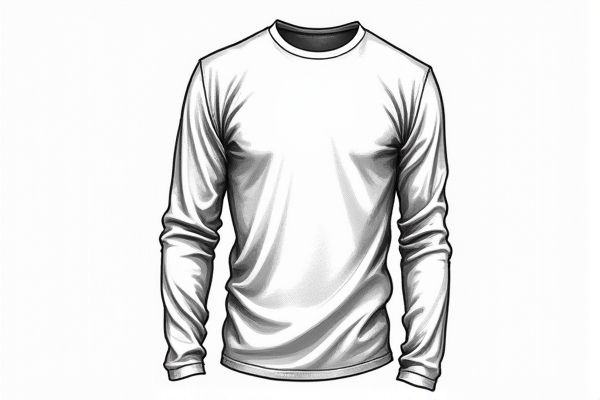

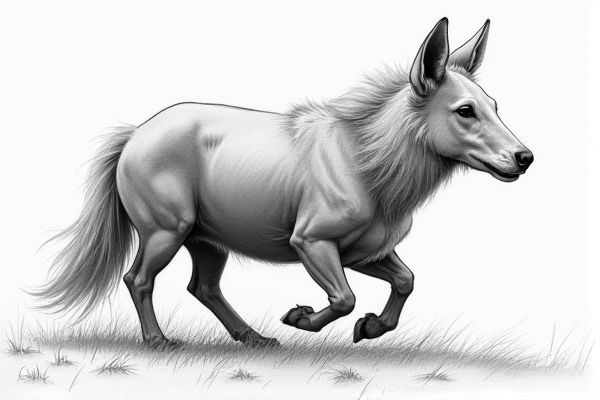






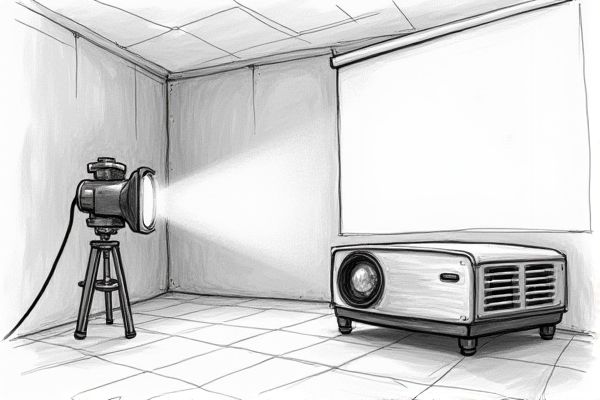
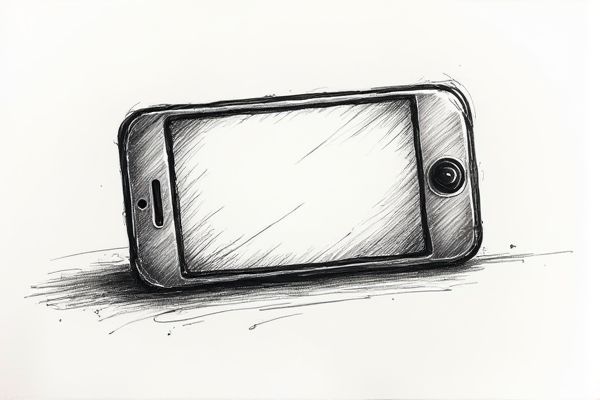


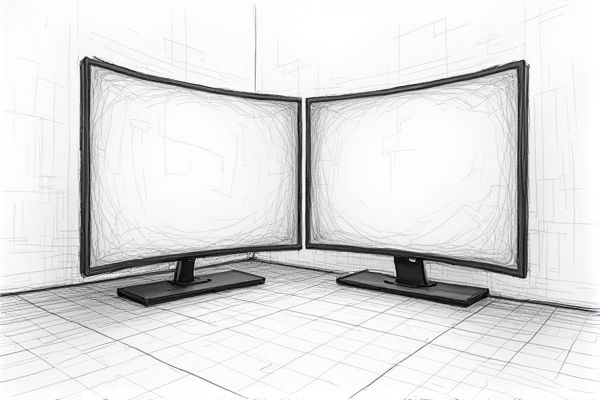
Leave a Reply
Your email address will not be published.